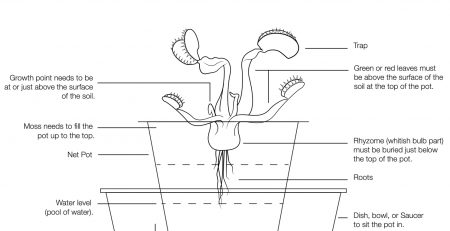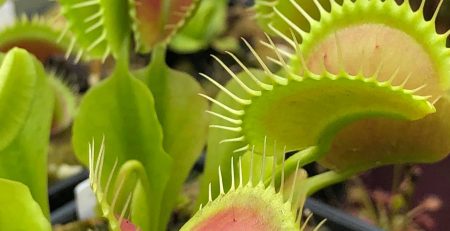What types of plants grow in the Venus Flytrap’s native environment?
Venus flytraps are native to the wetlands of the southeastern United States, particularly in North and South Carolina. The plants that grow in their native environment are mainly bog-loving plants that can tolerate acidic and nutrient-poor soils. Some examples of plants that can be found in the Venus flytrap’s natural habitat include:
- Sphagnum moss: This is a type of moss that grows in wetlands and bogs. It is a key component of the Venus flytrap’s natural habitat because it helps create the acidic soil that the plants require.
- Pitcher plants: These are carnivorous plants that trap insects in a cup-shaped leaf that is filled with digestive enzymes. Pitcher plants and Venus flytraps often grow in the same wetland habitats.
- Sundews: Sundews are another type of carnivorous plant that trap insects with sticky, glandular hairs on their leaves.
- Bladderworts: Bladderworts are aquatic carnivorous plants that have bladder-like traps that suck in small aquatic organisms.
- Jointweed: This plant is a small, herbaceous plant that grows in the acidic soils of bogs and wetlands.
- Water lilies: Water lilies are aquatic plants that grow in the shallow waters of wetlands and bogs. They have large, round leaves that float on the surface of the water.
- Orchids: There are several species of orchids that grow in the wetlands of the southeastern United States. These plants have unique adaptations that allow them to grow in the nutrient-poor soils of bogs and wetlands.












Leave a Reply
You must be logged in to post a comment.